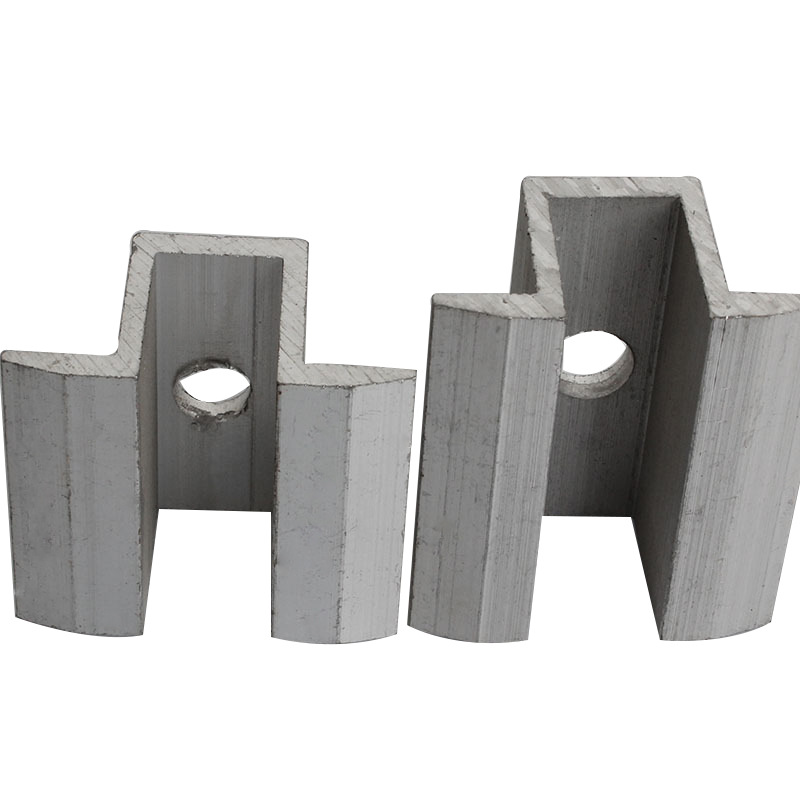

mild steel slotted channel
Nov . 07, 2024 06:39 Back to list
mild steel slotted channel
Understanding Mild Steel Slotted Channels
Mild steel slotted channels are structural components widely used in construction and engineering projects due to their strength, durability, and versatility. These channels, also known as slotted channels or simply 'channels,' are made from mild steel, which is an alloy primarily composed of iron with a low carbon content. This composition provides mild steel with excellent ductility and weldability, making it a preferred choice in many applications.
Design and Structure
Mild steel slotted channels are characterized by their U-shaped cross-section and are often perforated with elongated slots along the length of the channel. These slots serve multiple purposes they allow for easy mounting and fixing of various components, provide flexibility in attaching other elements, and reduce weight while maintaining structural integrity. The standard sizes and lengths of slotted channels make them highly adaptable, suitable for different construction needs.
Applications
One of the key advantages of mild steel slotted channels is their wide range of applications. In the construction industry, they are commonly used to create frameworks for buildings, support systems for industrial equipment, and structural reinforcements. Their versatility also extends to electrical and plumbing installations, where slotted channels can serve as conduits for wiring and piping.
Additionally, they are frequently found in the manufacturing sector, where they are used in building racks, shelving, and conveyor systems. The adjustable nature of the slotted design allows for easy modifications, enabling manufacturers to reconfigure layouts as needed.
mild steel slotted channel

Benefits of Mild Steel Slotted Channels
1. Strength and Durability Mild steel provides robust resistance to varying loads and environmental conditions, ensuring longevity and reliability in structural applications. 2. Cost-Effectiveness Compared to other materials, mild steel is relatively inexpensive, making slotted channels an economical choice for builders and manufacturers alike.
3. Ease of Installation The slotted design simplifies the process of securing components, which can enhance construction efficiency and significantly reduce installation time.
4. Flexibility The ability to adjust the placement of attachments without the need for additional machining or customization allows for greater design flexibility.
5. Corrosion Resistance While mild steel is prone to rusting, using galvanized or coated versions can enhance their resistance to corrosion, extending their usability in outdoor or humid environments.
Conclusion
Mild steel slotted channels are essential components in modern construction and manufacturing. Their combination of strength, versatility, and cost-effectiveness makes them invaluable in various applications. As industries continue to seek efficient and reliable structural solutions, the use of mild steel slotted channels is likely to remain prevalent. Whether used in commercial buildings, factories, or even home improvement projects, their contributions to structural integrity will continue to be recognized and appreciated. As technology advances, we may also see innovations in the design and manufacturing processes of these channels, further enhancing their performance and application in future projects.
Latest news
-
Premium Fasteners Manufacturer | AI-Driven Solutions
NewsAug.01,2025
-
Hot Dip Galvanized Bolts - Hebei Longze | High Strength, Corrosion Resistance
NewsAug.01,2025
-
High-Strength Hot Dip Galvanized Bolts - LongZe | Corrosion Resistance, Custom Sizes
NewsAug.01,2025
-
Best Self Tapping Screws for Drywall - Fast & Secure Installation
NewsJul.31,2025
-
High-Strength Hot Dip Galvanized Bolts-Hebei Longze|Corrosion Resistance&Customization
NewsJul.31,2025
-
Hot Dip Galvanized Bolts-Hebei Longze Metal Products|Corrosion Resistance&High Strength
NewsJul.31,2025

